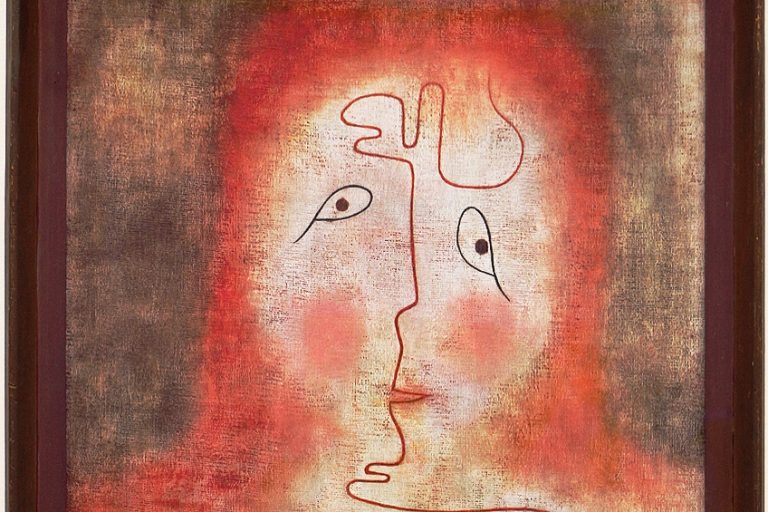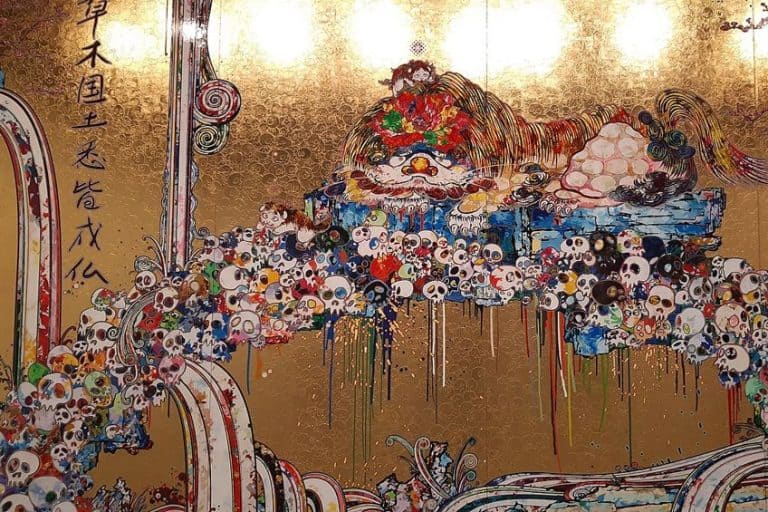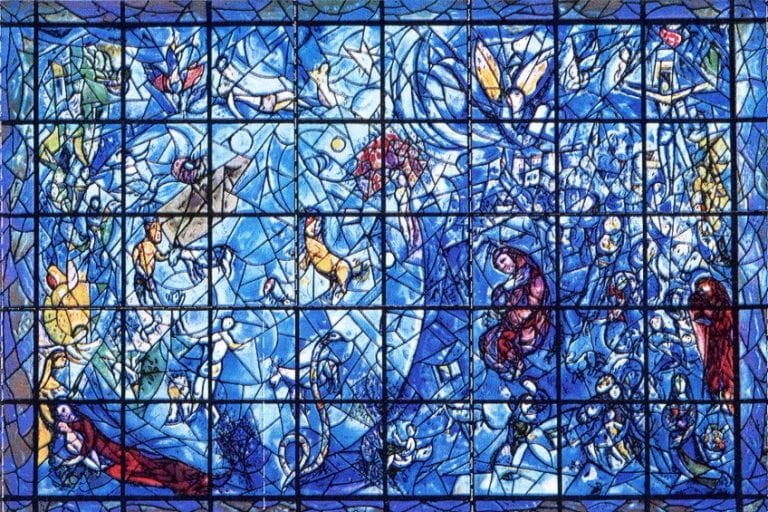Famous Pop Artists – A List of the Best Pop Culture Artists
The Pop art movement first surfaced in the late 1950s in both the United States as well as the United Kingdom and reached its peak in the 1960s. Pop culture artists grew disillusioned with the status quo in the traditional art world and felt it was not an accurate representation of the world they experienced. Pop art drew inspiration from popular western culture, embracing imagery found in commercials, comic books, and common household products.
Table of Contents
- 1 Our List of Ten Famous Pop Artists
- 1.1 Richard Hamilton (1922 – 2011)
- 1.2 Roy Lichtenstein (1923 – 1997)
- 1.3 Andy Warhol (1928 – 1987)
- 1.4 Claes Oldenburg (1929 – Present)
- 1.5 Yayoi Kusama (1929 – Present)
- 1.6 Jasper Johns (1930 – Present)
- 1.7 Peter Blake (1932 – Present)
- 1.8 David Hockney (1937 – Present)
- 1.9 Keith Haring (1958 – 1990)
- 1.10 Romero Britto (1963 – Present)
- 2 Frequently Asked Questions
Our List of Ten Famous Pop Artists
Let’s take a look at 10 famous Pop artists and find out what made their particular pop art styles such notable additions to the movement. Many of these artists are now world-renowned for their contributions and have created some of the most valuable works to date.
Richard Hamilton (1922 – 2011)
| Nationality | British |
| Where the Artist Lived | United Kingdom |
| Associated Movements | Pop art |
| Most Famous Artworks | Just what is it that makes today’s homes so different, so appealing (1956) Interior II (1964) My Marilyn (Paste Up) (1965) |
Richard Hamilton was the artist behind the artwork “Just what is it that makes today’s homes so different, so appealing?” This collage made in 1956, is considered one of the earliest examples of Pop art designs, and because a lollipop is featured in the hands of a figure, it is believed that the very name of the movement stemmed from this “tootsie pop”.
Keith Hamilton was born in the town of Pimlico in London on the 24th of February 1922.
Although he had no formal qualifications having left school early, he still managed to find an apprenticeship at a company producing components for electrical equipment. During the evening he would attend art classes. He then went on to study further at the Royal Academy of Arts until he was expelled in 1946. After a couple of years of studying at the Slade School of Art, he began giving his first exhibitions at the Institute of Contemporary Art.
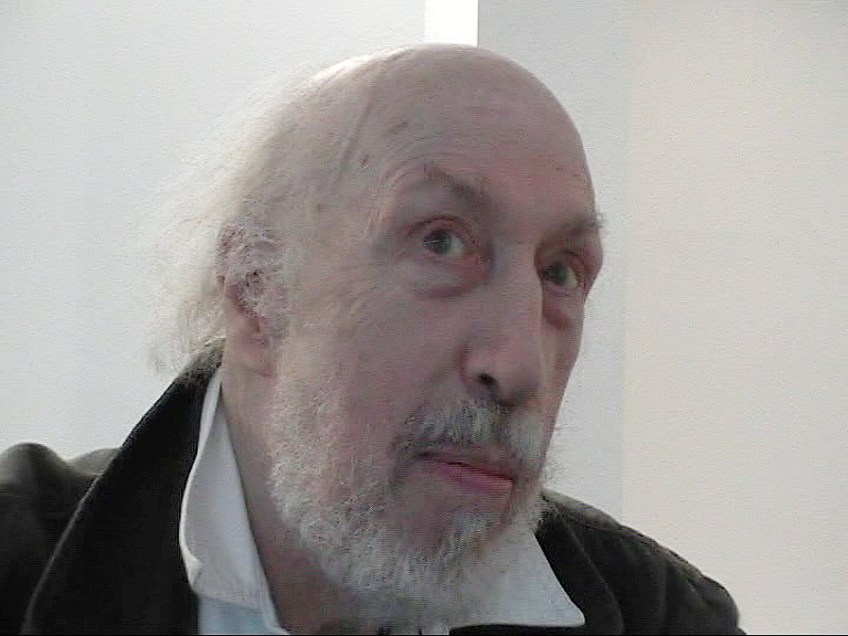
Art historians consider his exhibition “Man, Machine and Motion” which was showcased in 1955, and his collage “Just what is it that makes today’s homes so different, so appealing?” from 1956 to be prime examples of some of the first pop artworks. Throughout his days working as a pop artist, Keith Hamilton tried to examine the connection between the design of everyday products, mainstream culture, and fine art.
During the course of his artistic career, he continually challenged and tore down the preconceived artistic values that were preordained by art critics. His work varied from industrial design studies to silkscreen versions of the drug arrest of Mick Jagger, lead singer of the rock group the Rolling Stones, and was responsible for designing the album cover of the Beatles’ White Album from 1968.
His biggest contribution to the Pop art movement was laying down the foundations by helping to define its ethos and aims.
Roy Lichtenstein (1923 – 1997)
| Nationality | American |
| Where the Artist Lived | Manhattan |
| Associated Movements | Pop Art, Abstract Art, Cubism |
| Most Famous Artworks | Whaam! (1963) Drowning Girl (1963) Look Mickey (1961) |
Pop artist Roy Lichtenstein is considered one of the pioneers of Pop art, with his initial work in Cubism and Abstract art influencing his laters endeavors into the Pop art style. His work is typified by his approach of using highly stylized art forms, yet applying them to images that were a part of mainstream popular culture such as scenes from comic books and images from advertisements.
An example of this is his double canvas painting of an exploding rocket entitled “Whaam!”
In his teenage years, Lichtenstein had a short stint as a student of Reginald Marsh. This followed a period in Ohio State University which not only saw him attend as a student but also a faculty member from 1946 to 1951, during which he earned his master’s degree in 1949. He also tutored at several other universities including New York State and Douglas College of Rutgers.
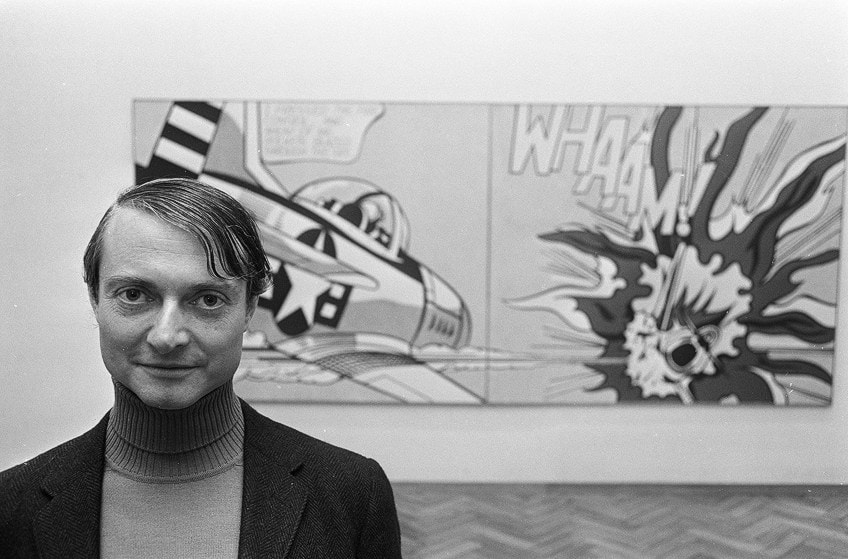
In the early years of his artist work, he applied the use of a multitude of modern art styles to paint themes from Western America before becoming the highly influential pop artist he is known as today. He even went through an experimental phase of dabbling with Abstract Expressionism in 1957, a style he would later vehemently reject. It was around 1960 that Roy Lichtenstein painted a canvas for his children of the popular animated characters, Mickey Mouse and Donald Duck.
This is believed to have been the initial spark that leads to his interest in incorporating symbols of popular culture into his art.
Although he was at first not comfortable with the idea of copying another piece of art, he eventually grew to gain pleasure from reappropriating simple images from the public consciousness, yet present them through another lens, by reinterpreting them through the application of higher art forms. It is this unique approach to Pop art designs that has made his work as a pop artist such a noticeable and necessary addition to this list of famous Pop artists However, his style of appropriating existing works did get him labeled a copycat by critics. His unique style is most noticeable through his use of thick black outlines over primary colors and the dot pattern typical of comic book artwork replication.
Andy Warhol (1928 – 1987)
| Nationality | American |
| Where the Artist Lived | United States of America |
| Associated Movements | Pop art, Abstract Expressionism, Modern art |
| Most Famous Artworks | Marylin Diptych (1962) Campbells Soup Cans (1962) Cow Series (1969) |
Andy Warhol is a name so synonymous with the Pop art movement, that he has often been referred to as the “Pope of Pop”. Born Andrew Warhola, he rose in global popularity due to his phenomenally successful works ‘Campell’s Soup Cans’ and ‘Marylin Diptych’. His style was seen as disruptive to the traditional art community and was hugely unfavoured by art critics within the dominant style of the era, Abstract Expressionism.
His work moved beyond the formal styles and techniques of the period and extended into video installations, experimentation with film and photography, silk screening, as well as incorporating more formal mediums such as sculpture and painting.

Andy was born in Pittsburgh, Pennsylvania, on August 6 1928 to parents Julia and Andrej, who were very religious immigrants from Slovakia. Andy was eight years old when he fell ill with the disease Chorea and was forced to stay in bed for several months. His mother was a skilled embroiderer and used this time to teach Andy how to sketch as a hobby to help him pass the tedious passage of time in isolation and physical restriction.
This was the beginning of a lifetime passion for the arts for Andy, and when his parents bought him a camera a year later, it wasn’t long before he was experimenting with film development techniques in his parent’s darkened basement.
After attending free art lessons at the Carnegie Museum of Art, he went on to graduate from high school and started his studies for Pictorial design at Carnegie Mellon University. After his studies, he worked as a renowned illustrator for advertisements and magazines and went on to become the most influential artist within the community of pop culture artists, with his works being amongst the most expensive pieces of art ever sold. Leaving behind a legacy as one of the world’s most famous Pop artists that still exists to this very day, Warhol passed away in New York on February 22, 1987.
Claes Oldenburg (1929 – Present)
| Nationality | Swedish American |
| Where the Artist Lived | Sweden and United States |
| Associated Movements | Pop Art, Avant-Garde |
| Most Famous Artworks | Lipstick Ascending on Caterpillar Tracks (1969) Clothespin Sculpture (1976) Spoonbridge and Cherry (1988) |
Claes Oldenburg was born in Stockholm in 1929. He moved to the United States and became a citizen in 1953. During this era, the art scene in America was still dominated by Abstract Expressionism and the non-representational nature of the art form. Claes wanted to go in the opposite direction and made massive works of art depicting everyday items, made from cloth and filled with paper or pieces of cloth to create what he called “soft sculptures”.
He first began to exhibit his unique soft sculptures in 1962.

These works included objects such as hamburgers and lipsticks and ice cream cones. He became renowned as a pioneer amongst pop art sculptors for his concept of trying to reverse the traditionally held perspective of the viewer and the object being viewed. He is considered a pioneer in the Pop art sculpture movement.
Yayoi Kusama (1929 – Present)
| Nationality | Japanese |
| Where the Artist Lived | Tokyo |
| Associated Movements | Pop art, Feminist art, Contemporary art |
| Most Famous Artworks | Infinity Nets (1990) Dots Obsession (2003) Pumpkin (1990) |
Yayoi Kusama was born on 22 March 1929, in Matsumoto, Japan. From a young age, Yayoi was subject to sudden and strange hallucinations that mostly consisted of fields of dotted patterns. These patterns became a prominent theme in her work throughout the span of her career as a Pop painter.
Besides briefly studying for a couple of years at a specialist school of arts in Kyoto, she had no other formal training, yet she gained some early success in Japan where she was known for her style of covering every surface with polka dots. However, domestic issues with her family were an ongoing problem and she moved to the United States in 1957 to pursue her dream of becoming an artist.
She settled in New York City and soon found herself becoming a part of the movement.

It was not an easy period for a woman to be an artist and Yayoi often complained about the amount of racism and sexism she suffered while staying in the States, and that her artwork was often copied or stolen by her male counterparts. Despite these challenges, Yayoi rose to become a prominent artist in the avant-garde New York Pop art scene and is respected as perhaps the most successful female pop artist in the world. Her Infinity Mirror installations and Infinity Net paintings have been regarded as important additions to the world of Pop art designs.
Jasper Johns (1930 – Present)
| Nationality | American |
| Where the Artist Lived | Connecticut |
| Associated Movements | Pop art, Abstract Expressionism. Neo-Dada |
| Most Famous Artworks | Flag (1955) Three Flags (1958) Target with Four Faces (1955)
|
Jasper Johns is globally known as one of the most influential pop culture artists of his time and has influenced almost every movement within the art community since the 1950s. This not only includes Pop art, but also the Neo-Dada movement and Abstract Expressionism. He was considered to have been one of the first artists to fully embrace the use of imagery from commodity culture with his unique artworks depicting flags, maps, and targets.
The most famous example of this is his piece from 1955, entitled “Flag”, which was created after seeing the image of the American flag in a dream one night.

Born in 1930 in Georgia, the Pop painter moved to New York City to try and pursue his dream of becoming an artist. His work represented a change from the prominent style of the era, namely Abstract Expressionism, and helped ease the landscape towards a more pop art-friendly environment.
Peter Blake (1932 – Present)
| Nationality | British |
| Where the Artist Lived | Chiswick, London |
| Associated Movements | Pop art |
| Most Famous Artworks | Sgt Pepper’s Lonely Hearts Club On the Balcony (1957) Self Portrait with Badges (1961) |
Peter Blake is one of the most highly respected Pop artists and pop art sculptors in the Pop art movement. His most well-known work is the album sleeve cover design for the Beatles’ album “Sgt Pepper’s Lonely Hearts Club.” The central theme of his work is fusing elements of popular culture into collages. He was recognized for his contribution to the art world by being knighted at Buckingham Palace in 2002.
Peter Blake was born on 25 June 1932 in Dartford, Kent, where he was educated at the Gravesend Technical College of Art as well as the Royal College of Art.
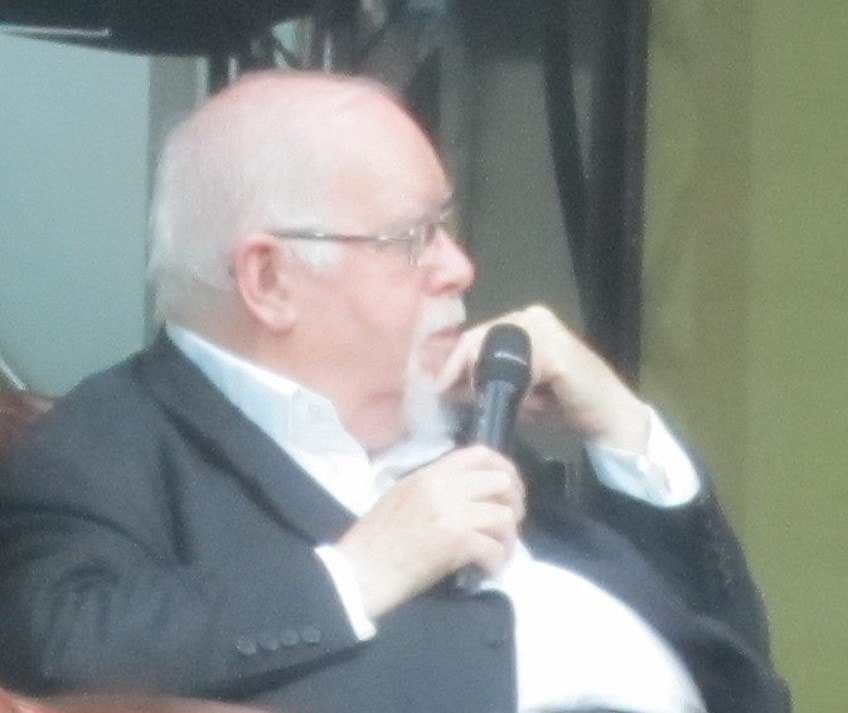
Blake’s art from the late 1950s period featured imagery that was found in local advertisements, wrestlers, and musical gatherings. He had his first solo exhibition in 1960, followed by the ‘Young Contemporaries exhibition in 1961, alongside the fellow famous Pop artist to be, David Hockney. This would help establish him as one of the pioneers of the British art movement, and his contributions are so greatly revered that he has often been referred to as the ‘Godfather of Pop art in Britain.
Although most well-known for his collage work, Blake was well versed in a multitude of mediums, including sculpture, printmaking, engraving, and even commercial artwork.
David Hockney (1937 – Present)
| Nationality | British |
| Where the Artist Lived | London and California |
| Associated Movements | Pop art, Expressionist art |
| Most Famous Artworks | A Bigger Splash (1967) Mr. and Mrs. Clark and Percy (1971) A Bigger Grand Canyon (1998) |
David Hockney is considered to be one of the most influential pop culture artists in the British Pop art movement and is thought to be the living artist with the most financial value, as his painting “Double Portrait” sold for 90 million dollars at Christie’s. It is his painting “A Bigger Splash” from 1967 however, that is considered by art historians to be a seminal work of Pop Art. Hockney’s subject matter puts a focus on personal moments from the life of himself and his friends in everyday situations, from pool scenes to landscapes of suburban homes in California.
David Hockney was born on 9 July 1937 in the city of Bradford, England. His early years of schooling were at Wellington Primary School, Bradford Grammar, and Bradford College. He then went on to study further at the Royal College of Art, where he featured in an exhibition entitled “Young Contemporaries”. This exhibition served as an event that helped initiate the British Pop art movement, although his own works were still primarily rooted in the expressionist style at that time.
Hockney is openly gay and several of his works display themes of homosexuality.
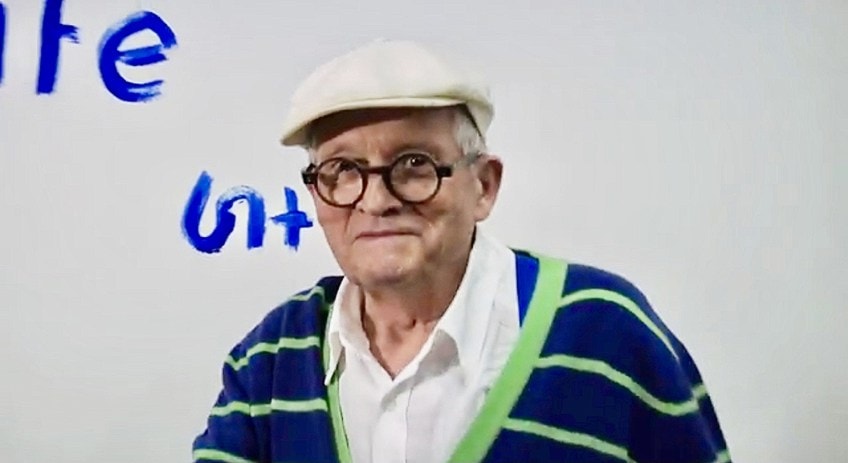
When in 1962, the Royal College of Art stated that it would not let him graduate unless he submitted a live female model sketch, Hockney protested by painting a model version “Life Painting for a Diploma” instead. He also flatly refused to submit a written essay, stating that he preferred to be assessed on his practical artworks and not on theory. Instead of denying him a diploma, they acknowledged his undeniable talents and emerging popularity and adjusted the regulations accordingly, and he was eventually awarded a diploma.
It was after he moved to Los Angeles in 1964 that he began to be inspired by his new surroundings to create the series of swimming pool scenes he became famous for, using the relatively new medium of vibrant acrylic colors.
Keith Haring (1958 – 1990)
| Nationality | American |
| Where the Artist Lived | New York |
| Associated Movements | Pop art, Street art, Neo-expressionism |
| Most Famous Artworks | Radiant Baby (1990) Crack is Whack (1986) Boxers (1988) |
Keith Haring was born on May 4, 1958, in Pennsylvania, USA. His father was a cartoonist and instilled a love for drawing in his son from a young age. He also learned by trying to emulate. The images from the popular culture he saw around him, such as Disney and Dr. Seuss.
After finishing high school in 1976, he became a student of the commercial arts after enrolling at the Ivy School of Professional Art in Pittsburgh. However, after a couple of semesters, it soon became clearly evident that he had no real desire to enter the world of commercial graphic design and dropped out. Despite dropping out, he continued to work on developing his own style and held a solo exhibition at the Pittsburgh Arts and Crafts Center in 1978.
Later that same year, he moved to New York in order to study further at the School of Visual arts.
Haring soon discovered that the art that really spoke to him was not to be found in the classes he attended or the museums displaying old works of art from a bygone era, but rather on the streets themselves, the walls of the downtown districts, and the inner city buildings such as nightclubs and other social environments where a vibrant new alternative community was thriving.

This inspired him to try his hand at the urban art of graffiti himself, leading him to create thousands of pieces in public spaces, thus his popularity gained momentum, leading to his exhibition in 1981. In 1986 he opened the Pop Shop in Soho, a retail store selling various items of merchandise with his work printed on it.
This was viewed by many people to be a commercial sell-out by art critics, which fell in line with the social statements of making art accessible and affordable to the general public.
It is his accessibility to a larger audience that bridged the gap between the divide of what was perceived as “low art” and “high art” by taking an art form full of social commentary off the streets and putting it onto the walls of museums, and this has made him one of the movement’s most recognized painters and pop art sculptors.
Romero Britto (1963 – Present)
| Nationality | Brazilian |
| Where the Artist Lived | Brazil and Miami Florida |
| Associated Movements | Pop art, Cubism |
| Most Famous Artworks | Mona Cat (2010) Britto Garden (2000) Martini Sunrise (2005) |
Romero Britto is a Brazilian Pop painter and sculptor born in Refice in 1963. Romero grew up in an extremely challenging environment, he was from an impoverished household and had to find creative solutions for his lack of supplies on which to release his imagination.
He used his fingers as paintbrushes and created makeshift canvases from pieces of cardboard and newspaper cuttings.
His brother introduced him to the masters of art by giving him books as a gift. Romero was self-taught and would learn the various techniques employed by the masters by copying their styles from the books. It was on a trip to Paris in 1983, that Romero was exposed to artworks by such luminaries as Matisse and Picasso, and soon began to develop his signature style of fusing Cubism with Pop art.

After traveling from Brazil to Europe and then on to the United States to sell his art, Britto moved to Miami in 1988 and started to gain quick recognition as an emerging artist of international caliber due to his Pop art designs being chosen for the Absolut Art campaign in 1989.
Romero’s art has been described as warm and positive, using vibrant and bright joyful colors to exude a feeling of love and happiness. This approach to his life and art has made him one of the most loved and successful living artists, putting him on the same level as contemporaries such as Warhol and Haring.
In summary, we have learned how Pop painters and Pop art sculptors embraced the concept of tearing down the hierarchy of culture imposed by the traditional schools of art. They felt free to borrow elements of other mediums, and combine them in ways that gave the elements new meaning and context.
Take a look at our Pop artists webstory here!
Frequently Asked Questions
Who Is the Most Famous Pop Artist?
While there have certainly been many notable and world-renowned pop artists, none have reached the same level of fame as American Pop artist Andy Warhol. This Pop artist is famous for his Campbell’s Soup Cans (1962) and Marilyn Diptych (1962).
What Is a Pop Culture Artist?
Pop art refers to the movement originating in the middle of the 1950s in the United States and the United Kingdom. This type of art is based on the idea of consumerism, whereby Pop artists would take the aesthetics of mass media and popular culture and use them to create unique works of art.
Isabella studied at the University of Cape Town in South Africa and graduated with a Bachelor of Arts majoring in English Literature & Language and Psychology. Throughout her undergraduate years, she took Art History as an additional subject and absolutely loved it. Building on from her art history knowledge that began in high school, art has always been a particular area of fascination for her. From learning about artworks previously unknown to her, or sharpening her existing understanding of specific works, the ability to continue learning within this interesting sphere excites her greatly.
Her focal points of interest in art history encompass profiling specific artists and art movements, as it is these areas where she is able to really dig deep into the rich narrative of the art world. Additionally, she particularly enjoys exploring the different artistic styles of the 20th century, as well as the important impact that female artists have had on the development of art history.
Learn more about Isabella Meyer and the Art in Context Team.
Cite this Article
Isabella, Meyer, “Famous Pop Artists – A List of the Best Pop Culture Artists.” Art in Context. November 19, 2021. URL: https://artincontext.org/famous-pop-artists/
Meyer, I. (2021, 19 November). Famous Pop Artists – A List of the Best Pop Culture Artists. Art in Context. https://artincontext.org/famous-pop-artists/
Meyer, Isabella. “Famous Pop Artists – A List of the Best Pop Culture Artists.” Art in Context, November 19, 2021. https://artincontext.org/famous-pop-artists/.





